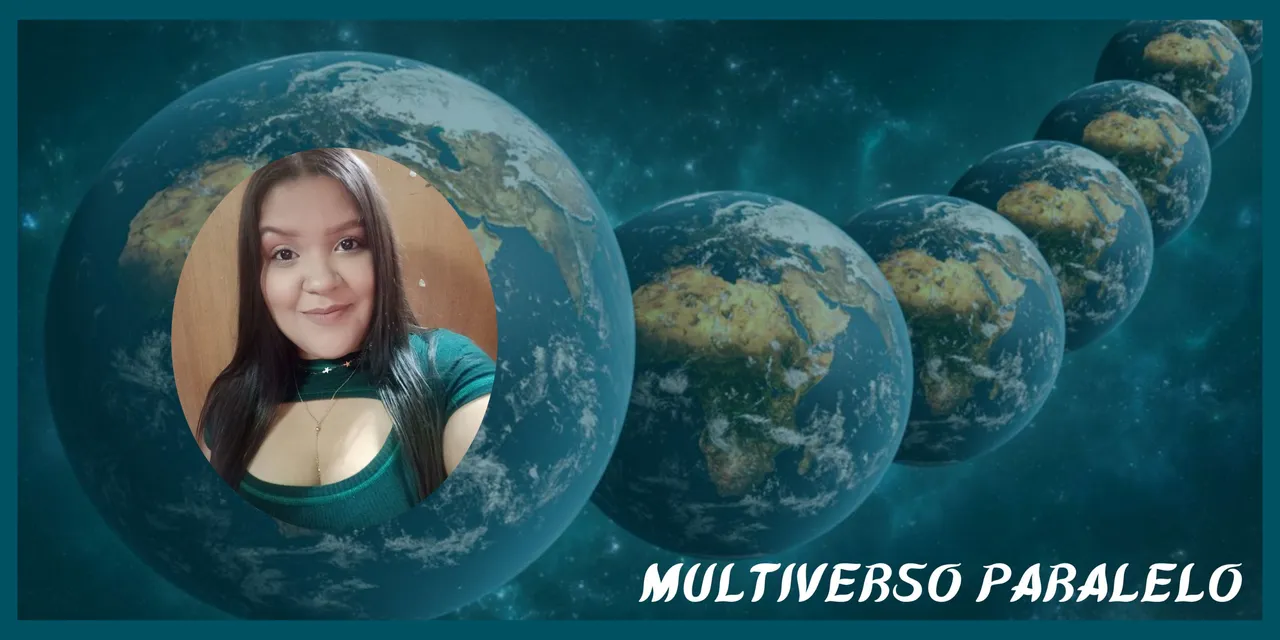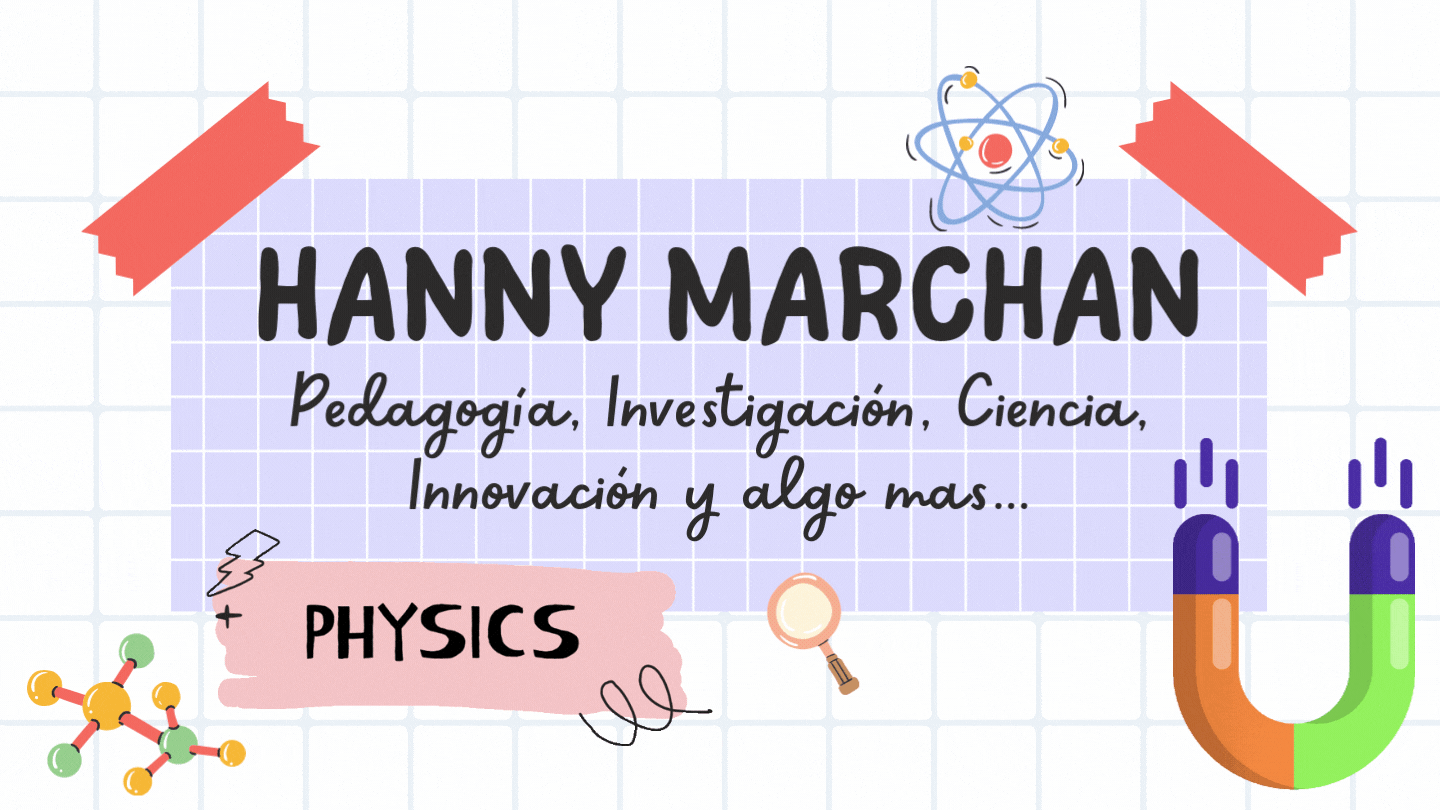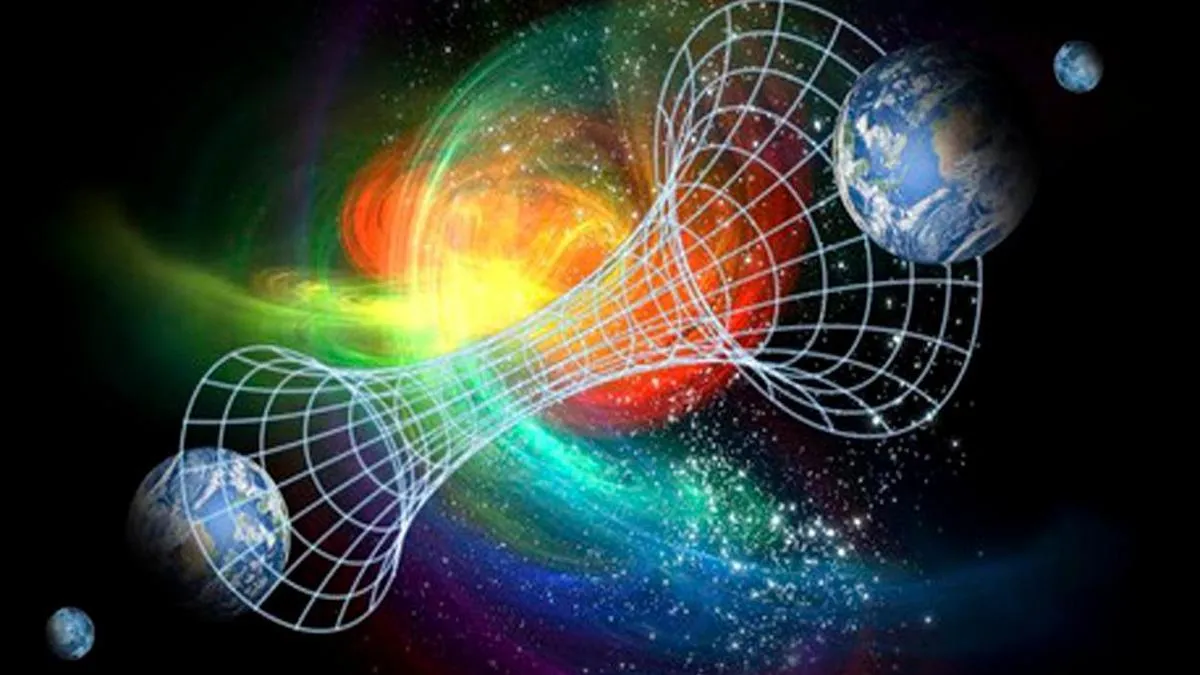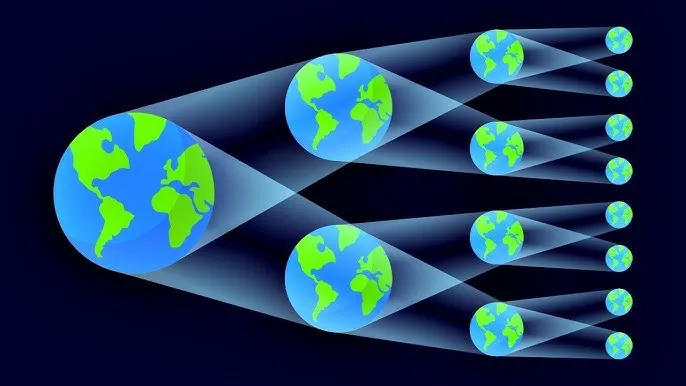¡Hola querida comunidad científica de #Hive, reciban todos un cordial saludo!🖐
Hello dear #Hive scientific community, receive warm greetings from all of you!🖐
En la publicación anterior realizada para ésta comunidad, estuvimos hablando un poco sobre la definición de Multiverso, además de algunas posiciones científicas acerca de la existencia o no de ello. Para darle continuidad a tan interesante temática es hora de conocer cuáles son esos tipos de posibles Multiversos, comenzando por el Multiverso Mosaico.
In the previous publication made for this community, we were talking a little about the definition of Multiverse, as well as some scientific positions about the existence or not of it. To give continuity to such an interesting topic, it is time to know what are those types of possible Multiverses, starting with the Mosaic Multiverse.

Main image taken from the following link // General design made in Canva
Cuando realizó la mención acerca de los posibles Multiversos es porque personalmente aún no hay una teoría que me convenza del todo, es por ello, que partiendo de esa inquietud nos hemos sumergido en esta interesante búsqueda. Pero antes de comenzar a conocer un poco sobre cada Multiverso es importante recordar su definición, “es un término genérico que hace referencia la existencia hipotética de otra realidad o entorno físico diferente al que todos conocemos”.
Ahora bien, el físico teórico y matemático estadounidense Brian Greene quien se ha hecho conocido por ser autor de diferentes libros. Sin embargo, dicho científico resalta en uno de sus libros titulado La Realidad Oculta: Universos paralelos y las profundas leyes del cosmos que hay hasta nueve tipos de Multiversos, el inicial es el Multiverso Mosaico.
Lo primero que debemos entender es que él Universo es infinito, por lo que se puede decir que dentro de él existen infinitas regiones del espacio desconectadas entre sí, lo que conlleva a decir que son completamente independientes y por ende se habla de un mundo paralelo.
When he made the mention about the possible Multiverses is because personally there is still no theory that convinces me completely, that is why, starting from that concern we have immersed ourselves in this interesting search. But before we begin to know a little about each Multiverse it is important to remember its definition, “it is a generic term that refers to the hypothetical existence of another reality or physical environment different from the one we all know”.
Now, the American theoretical physicist and mathematician Brian Greene, who has become known for being the author of several books. However, this scientist highlights in one of his books entitled The Hidden Reality: Parallel Universes and the Deep Laws of the Cosmos that there are up to nine types of Multiverses, the initial one being the Mosaic Multiverse.
The first thing we must understand is that the Universe is infinite, so it can be said that within it there are infinite regions of space disconnected from each other, which leads to say that they are completely independent and therefore we speak of a parallel world.
Pero lo que conocemos del universo es que se trata de un espacio reducido partiendo de nuestra capacidad para observar, es por ello que se le denomina el Universo Visible. Se conoce que está porción de universo posee 100.000.000.000 de años luz de diámetro; está resulta ser la distancia máxima desde que la luz ha tenido tiempo de llegar a nosotros.
No obstante, los cálculos matemáticos no son capaces de conocer con exactitud si el universo es finito o infinito. Si la opción es que el universo es infinito, entonces existen mil maneras de reorganizar la materia, por lo que en ese espacio infinito habría infinitas personas haciendo infinitas cosas en infinitas realidades, y es importante resaltar que no hace falta investigar ninguna teoría nueva para llegar a esta conclusión, esta posibilidad entra dentro de lo que ya se ha demostrado.
Las realidades infinitas ya mencionadas, son volúmenes de Hubble, los cuales se pueden definir como “regiones del espacio-tiempo desconectadas causalmente que no pueden comunicarse ni interaccionar entre ellas, ya que no comparten energía, materia ni información”.
Es decir, que en un volumen de Hubble, los cuerpos que se encuentran más allá de los límites de dicho espacio se alejan del mismo a una velocidad mayor que la de la luz. Esto es debido a que la expansión del universo ocurre cada vez de manera más acelerada.
But what we know about the universe is that it is a reduced space from our capacity to observe, that is why it is called the Visible Universe. It is known that this portion of the universe has a diameter of 100,000,000,000,000 light years; this is the maximum distance since light has had time to reach us.
However, mathematical calculations are not able to know exactly whether the universe is finite or infinite. If the option is that the universe is infinite, then there are a thousand ways of reorganizing matter, so in that infinite space there would be infinite people doing infinite things in infinite realities, and it is important to emphasize that it is not necessary to investigate any new theory to reach this conclusion, this possibility falls within what has already been demonstrated.
The infinite realities already mentioned are Hubble volumes, which can be defined as “causally disconnected regions of space-time that cannot communicate or interact with each other, since they do not share energy, matter or information”.
That is, in a Hubble volume, bodies beyond the limits of such space move away from it at a speed faster than the speed of light. This is because the expansion of the universe is occurring at an ever-increasing rate.
Si se cumple con la condición de que él universo es infinito, entonces los universos múltiples e infinitos estarían dentro de una realidad tridimensional, y todo esto es sin necesidad de que la teoría de cuerdas, la mecánica cuántica o cualquier otra teoría sean ciertas.
Para comprender un poco este tema, podemos mencionar el teorema del mono infinito. El cual afirma que si un mono es inmortal y comienza a pulsar teclas de una computadora al azar de manera perpetua, este terminaría escribiendo la palabra “quijote” en algún momento. Además que también podría escribir cualquier frase posible en un infinito número de veces. Pero si aplicamos este teorema a la idea de un universo infinito, los átomos y las partículas elementales que también son ilimitadas podrían relacionarse de manera infinita dando como resultado todos los universos posibles.
Ahora bien, cada volumen de Hubble es una configuración diferente del conjunto de partículas existente en ese volumen. Pero en nuestro universo hay una cantidad específica de partículas, lo que quiere decir que es un número finito. Si se aplica el cada volumen de Hubble para cada número de partículas, sabiendo que no hay infinitas maneras de ordenar un conjunto de partículas por muy grande que este sea, es decir, habría universos exactamente iguales repetidos de manera infinita.
Una cosa debemos entender, y es que estos universos paralelos estarían en nuestro mismo espacio - tiempo, por lo que tendrían el mismo espacio tridimensional con las mismas leyes de la naturaleza y comportamiento análogo al de nosotros. Sin embargo, aún existen muchos cuestionamientos desde el punto de vista de la Cosmología sobre que el universo sea infinito. Cuando miramos el universo lo vemos infinito, es lo que percibimos. Pero la materia existente en el universo afecta su curvatura, esto quiere decir que el universo podría tener una curvatura positiva, en conclusión como una esfera, por lo que en términos tridimensionales tendría un fin y esto cuestiona el hecho de que es infinito.
A pesar de que se han realizado diversas medidas muy precisas para determinar la geometría del universo y aún así el margen de error que existe no permite establecer si el universo es plano, esférico o hiperbólico. Pero la teoría que cuenta con más respaldo por la comunidad científica es la de que el universo es plano e infinito.
Esta es la teoría más básica y elemental del Multiverso, es la explicación que goza con mayor apoyo en el consenso científico, ya que su existencia sólo dependería de que él universo fuera infinito, algo que, resulta muy razonable si lo comparamos con él conocimiento que tenemos hasta ahora.
If the condition that the universe is infinite is fulfilled, then multiple and infinite universes would be within a three-dimensional reality, and all this is without the need for string theory, quantum mechanics or any other theory to be true.
To understand this subject a little, we can mention the infinite monkey theorem. It states that if a monkey is immortal and starts pressing keys on a computer at random in perpetuity, it would end up writing the word “quixote” at some point. It could also type any possible sentence an infinite number of times. But if we apply this theorem to the idea of an infinite universe, the atoms and elementary particles that are also unlimited could be related in an infinite way resulting in all possible universes.
Now, each Hubble volume is a different configuration of the set of particles existing in that volume. But in our universe there is a specific number of particles, which means that it is a finite number. If we apply the each Hubble volume for each number of particles, knowing that there are not infinite ways to order a set of particles no matter how large it is, that is, there would be exactly the same universes repeated infinitely.
One thing we must understand, and that is that these parallel universes would be in our same space-time, so they would have the same three-dimensional space with the same laws of nature and behavior analogous to ours. However, there are still many questions from the point of view of Cosmology about the universe being infinite. When we look at the universe we see it as infinite, that is what we perceive. But the existing matter in the universe affects its curvature, this means that the universe could have a positive curvature, in conclusion as a sphere, so in three-dimensional terms it would have an end and this questions the fact that it is infinite.
In spite of the fact that several very precise measurements have been made to determine the geometry of the universe and still the margin of error that exists does not allow to establish if the universe is flat, spherical or hyperbolic. But the theory that has the most support in the scientific community is that the universe is flat and infinite.
This is the most basic and elementary theory of the Multiverse, it is the explanation that enjoys the greatest support in the scientific consensus, since its existence would only depend on the universe being infinite, something that is very reasonable if we compare it with the knowledge we have so far.
Ya para despedirme, agradezco a quienes se tomarnos unos minutos de su tiempo para leer mi publicación y me encantaría poder leer en los comentarios sus opiniones e impresiones sobre el tema.
In closing, I would like to thank those of you who took a few minutes of your time to read my publication and I would love to read in the comments your opinions and impressions on the subject.
Referencias
Drake, N. (2022). ¿Existe el multiverso? Lo que dice la ciencia. [Documento en línea] Disponible en:
Greene, B. (2011). La realidad oculta: Universos paralelos y las profundas leyes del cosmos. [Libro en línea] Disponible en:
References
Drake, N. (2022). Does the multiverse exist? What science says. [Online document] Available at:.
Greene, B. (2011). Hidden Reality: Parallel Universes and the profound laws of the cosmos[Online document] Available at:
Translator Deepl



